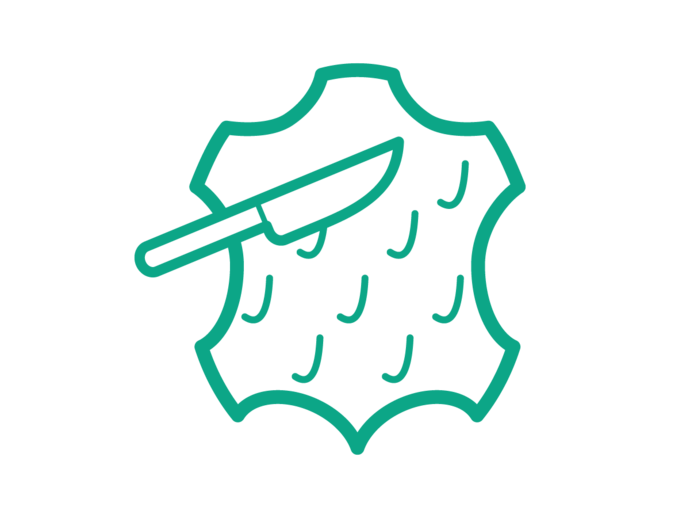
Do you want to check the validity of the certified product? Simply scan the QR code on your label or enter the certificate number in the OEKO-TEX® Label Check. Would you like to know how you can use an OEKO-TEX® label? Check our Labelling Guide.
Go to the Label Check
Are you looking for certified partners or want to check which brands already have OEKO-TEX® labelled products? The OEKO-TEX® Buying Guide is an online directory for certified products, manufacturers and brands. Use this network of brands and suppliers along the textile and leather chain to find certified articles or to make new business contacts!
Do you have questions about our certifications and services, the way we test, legal requirements and norms? Go to our FAQ page or contact us per email.
Check our FAQs
Would you like to obtain an OEKO-TEX® LEATHER STANDARD certification? Are you interested in the certification process and the requirements? Visit our download area to discover the full documentation or apply for the certification.
This is your path to certification